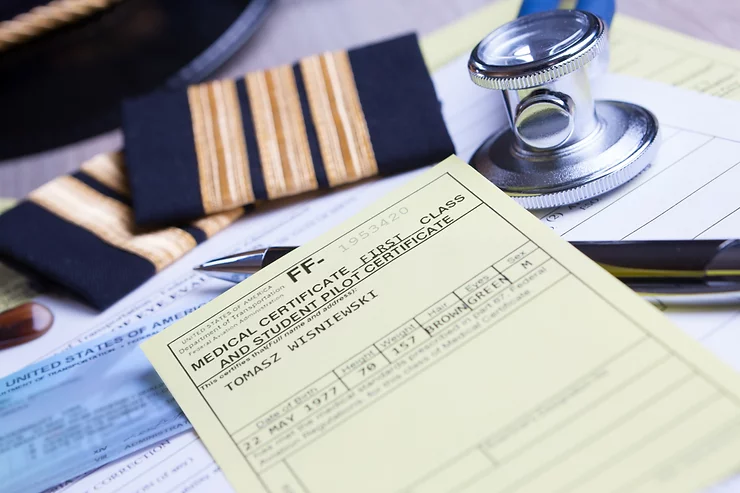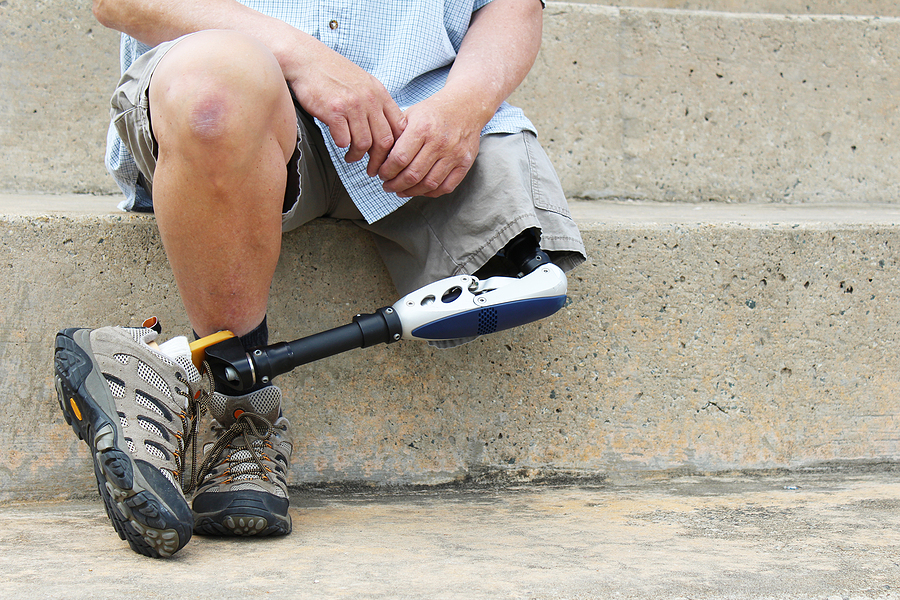Perhaps a better question to start with is what is an AME? AME stands for Aviation Medical Examiner. Simply put, an AME is a doctor who is designated by the FAA to perform aviation physicals and make recommendations to the Federal Air Surgeon regarding pilot medical certification.1
An AME can be a licensed physician in almost any specialty who has an interest in performing FAA physicals and applies for training to become one. Those accepted receive five days of instruction conducted by the FAA in Oklahoma City. After completion of that curriculum, they become FAA designees who possess the qualifications to perform aviation physicals and issue pilot medical certificates…or not.
AME’s tend to specialize in primary care fields such as Family Medicine, Internal Medicine, or Occupational Health. Some practice other specialties as well, but relatively few have any formalized training in aviation medicine outside their five-day course in Oklahoma.
So what does an AME do once they’re designated by the FAA? It depends. Many go back to the same office practice they had before they were designated and try to incorporate FAA physicals to some degree or another alongside their regular appointments. In those practices, doctors typically see 20 or more patients per day2, and pilot physicals are sprinkled into the schedule wherever they fit. Other AMEs adapt their practices to attract large numbers of pilots and spend a significant portion of their professional lives conducting FAA physicals. Regardless of those variations and to its credit, the FAA has done an admirable job of designing its medical standards in a way that AMEs can apply consistently and fairly the vast majority of the time.
So what does that mean for a pilot during his/her FAA exam? If you’re healthy, everything on your FAA MedXPress application confirms that and nothing comes up on your physical exam, a busy doctor is probably a good thing for you. You most likely get your medical certificate issued right then and there and everyone goes home happy. If you have some medical issues, your MedXPress application is more complex, or something about your physical exam is abnormal the equation changes.
Some background here. Remember how I wrote earlier that the AME makes recommendations to the FAA? Well, that recommendation comes in the form of one of three choices they’re required to submit to the FAA within one to two weeks of your physical. They can issue your certificate, defer the decision to the FAA, or deny your certificate application outright. If your certificate was issued, you’re probably not reading this. Denials by AMEs are VERY rare. As a pilot, what you’re really concerned about is what happens when an AME defers the decision about your medical certification to the FAA.
Typically, an AME will defer a certification decision for one of a few reasons. Either they don’t have the information or time necessary to make an informed decision, you have a disqualifying condition that needs more formalized review before the FAA can issue a certificate, or you really shouldn’t be flying, but the doctor is too nice to tell you or justifiably feels that such a weighty decision should be considered by more than one person.
Once an AME defers an exam, it can end up stuck for an unspecified period of time. The FAA is busy and a government organization to boot, so that response generally takes a couple of months to reach the pilot. Sometimes, the response they send is a fresh medical certificate. That generally happens when you, your AME, or someone else sends in additional paperwork (and gets it right). More often, what the FAA sends instead is a request for more information and, oftentimes, they ask for a lot of it. Once you collect everything they ask for and send it back, you’ll get another response that the FAA gets placed at the bottom of the pile. The good news is that the second response is likely to contain a medical certificate. The bad news you know already if you’ve been doing the math. The process typically takes 4-8 months.
That’s the basic framework of FAA medical certification. 1) You fill out MedXPress and provide the confirmation code to the AME; 2) The AME reviews your applications, talks to you, and does the exam; 3) The AME issues your certificate or defers the decision to the FAA (again, denials are very rare); 4) If the exam is deferred, you become pen pals with the FAA for several months before they reach a decision.
That framework is important to understand. The fact of the matter is that as much as we all fear AMEs and the FAA, the FAA actually has a very reasonable set of medical standards. For pilots who ought to be flying, the question is generally not “if” they will get their certificate, it’s “when”.
We’ll be writing much more about specific conditions and how best to approach your exam in future posts. For now, it’s important just to understand that the AME is actually quite limited in what they can do on the day of your exam. Preparing for the exam and submitting the right paperwork to the FAA immediately afterward could speed up the certification process by as much as four or five months.
That’s the time most pilots can’t afford or just don’t want to endure.
References:
1. 14 CFR Part 67 – MEDICAL STANDARDS AND CERTIFICATION | CFR | US Law | LII / Legal Information Institute. Accessed March 29, 2021. https://www.law.cornell.edu/cfr/text/14/part-67
2. How Many Patients Can a Primary Care Physician Treat? Accessed March 29, 2021. https://www.physicianleaders.org/news/how-many-patients-can-primary-care-physician-treat





